When we started our nomadic travels four years ago, it was Whitney who focused a lot of our sightseeing around Roman ruins as it was a period of history she found particularly fascinating. Exploring these structures built 2,000 years ago, I soon shared Whitney’s fascination, imagining what life was like for the people who built them, and the day-to-day lives of those who used them over the centuries. This interest in ancient ruins evolved to incorporate a fascination with modern abandoned places.

What is the pursuit of abandoned places? Often called “Urbex,” short for Urban Exploration, it’s defined as the exploration of man-made structures that are typically abandoned, inaccessible, or hidden from public view. Technically, pretty much all historic ruins – even Roman theatres and coliseums – became abandoned places at some point in their history. Most of them stopped being used for their intended purpose and sat dormant until recent times when they were refurbished for people to admire and learn about ancient civilizations.

The “abandoned places” people refer to these days are more recent sites, usually built in the 1900s, and often feeling apocalyptic, with nature having taken over after the people departed. Many of the places we visit have become locations for locals and tourists to visit, with oversight from the government or local officials making them safe. They haven’t been refurbished, and are still pretty much as they were left, in rough enough shape that they still give a true “abandoned feel.”
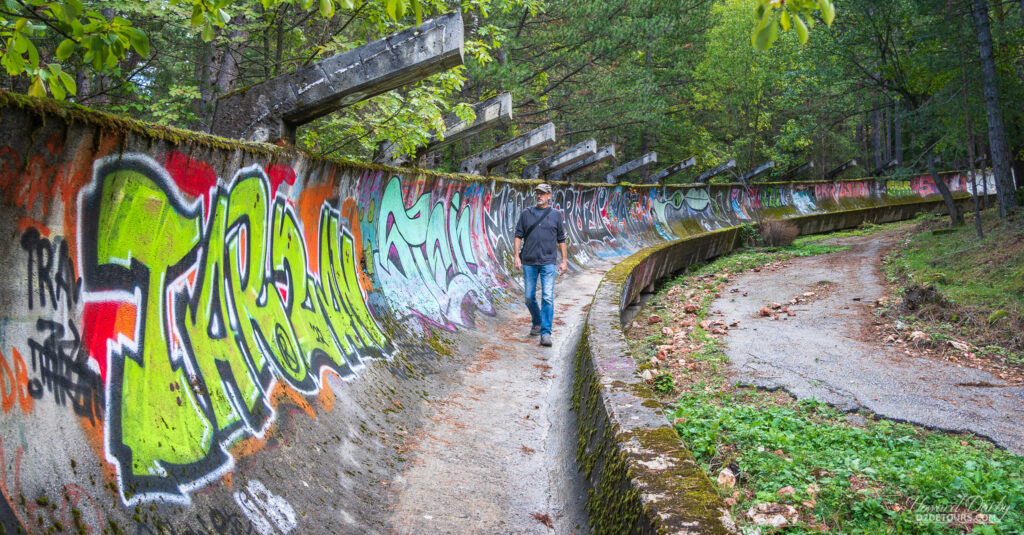
There are generally no entrance fees, but we have heard of places where vagrants occasionally live and sometimes demanded a small fee to allow you to enter and poke around as their way of making some money. As a photographer, I find abandoned places irresistible due to the unique perspective they offer, as the photos here will hopefully reveal.

How we find abandoned places:
- In Google Maps, search for “abandoned” or “abandoned places.”
- The Atlas Obscura app, which we use to find all sorts of interesting places to visit wherever we travel, often lists abandoned places. You can then use the guidelines below to confirm it’s a good place to visit.

Our guidelines for visiting abandoned places:
- ALWAYS look at the latest reviews in Google Maps (use the sort feature to bring the newest to the top), and confirm people say they have recently been able to visit. Sometimes these abandoned sites become fenced off with “no trespassing” signs or guards on site to stop visitors. Additionally, a lack of reviews over the last few months is often a sign that the site is no longer accessible. This is especially important if you found it through Atlas Obscura, as their listings are sometimes out of date. You don’t want to make the effort to visit and find your plans thwarted.
- Use those recent reviews to understand what people thought of the location’s safety. Are there vagrants living there, packs of dogs roaming about, unsafe flooring that might cave in or that have holes in them? Use the reviews to confirm the site will be safe to explore, and even when there are warnings and you still decide to visit, you will enter forewarned, knowing what to look for.
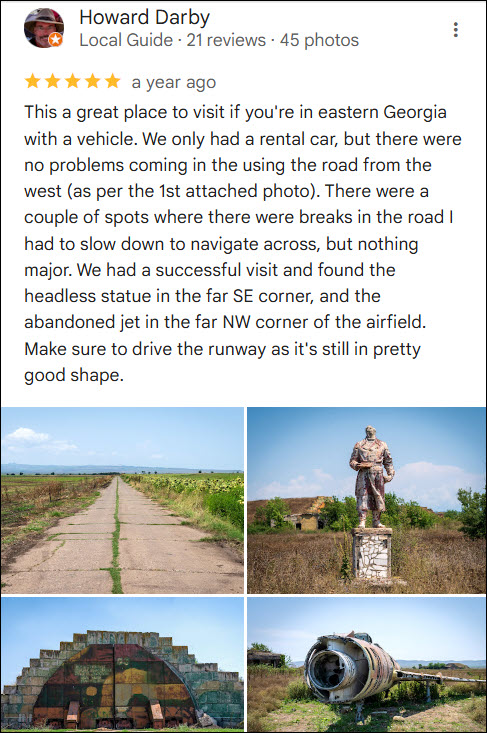
- If the location has a hint of being illegal to visit, or the owner (if any) or local authorities don’t want visitors, we DO NOT visit. Clues to this come from reviews mentioning you’ll need to sneak through breaks in a fence, or avoid guards. This would be too much of a risk because we don’t want to take the chance of being arrested for trespassing or finding ourselves in trouble, especially in a country where we don’t speak the language.
- In North America, there are few abandoned places that you can access due to more stringent policies regarding site remediation, which means they’ll likely be torn down before becoming a problem. The ones that do exist are usually secured to keep people out and avoid liability issues. Countries elsewhere in the world lean more towards each individual being responsible for their own actions, so be aware that even if there aren’t signs saying you should keep out, it is YOUR responsibility to make sure you don’t take risks and get injured.
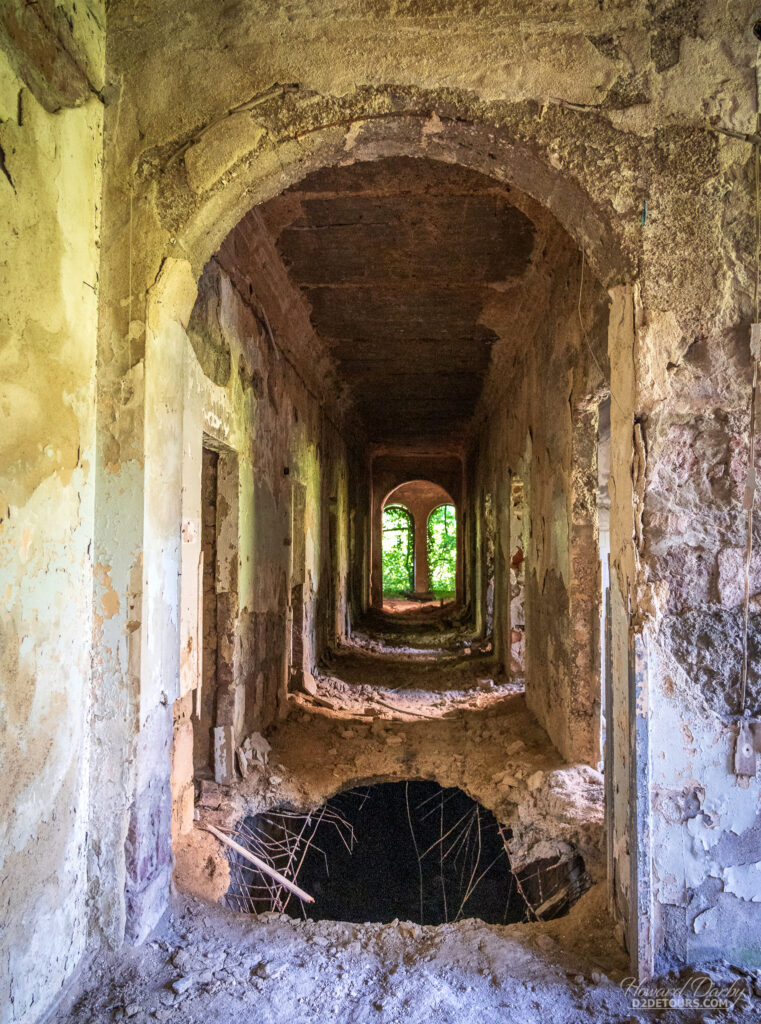
The following are some of our favourite abandoned places over the last few years, giving you a taste of what you, as a traveller, can find out there, and the forms they come in. Clicking on the name should take you to the Google Maps listing for that location, along with a link to the specific blog post with more details of our visit. The accessibility to these locations can change at any moment, so check the recent reviews on Google Maps to confirm you can still visit if you find yourself in the area.

Buzludzha Monument near Shipka, Bulgaria (blog post)
Built between 1974 and 1981 to commemorate the 1891 socialist movement, this hilltop monument was abandoned in 1989 after the fall of communism in Bulgaria.




Abandoned Village of Kayaköy in southern Türkiye (blog post)
Kayaköy was abandoned in 1923 after a peace treaty between Greece and Türkiye resulted in an exchange of ethnic minorities between the two countries. There is a small fee to enter the village.


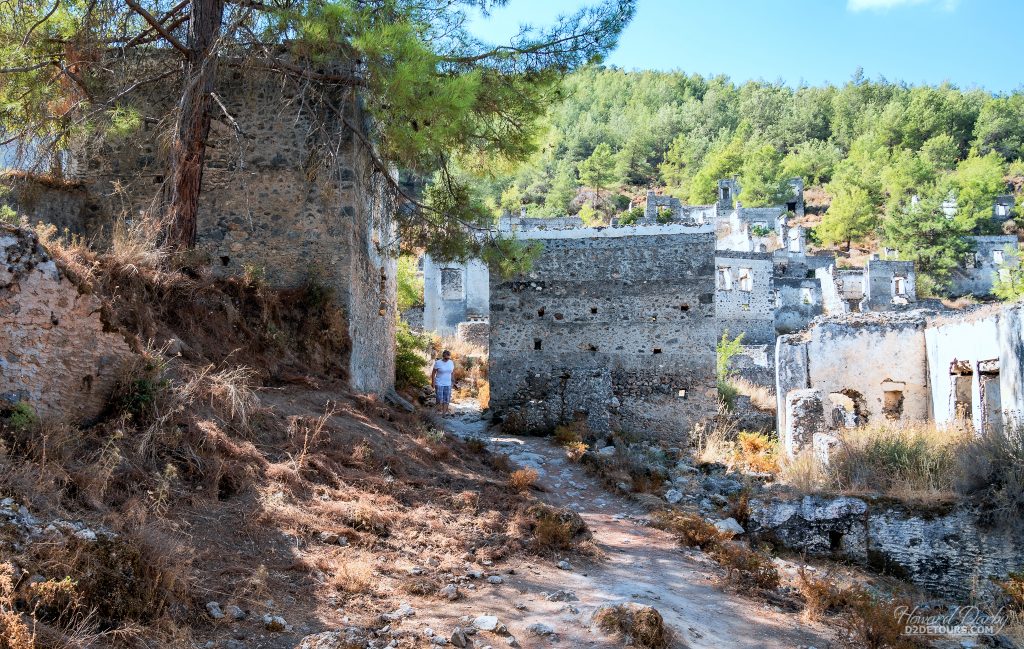
San Benedetto Fortress in northern Croatia (blog post)
Built between 1898 and 1903 as part of the Austro-Hungarian Empire’s coastal defenses, this fortress was in use until 1991.
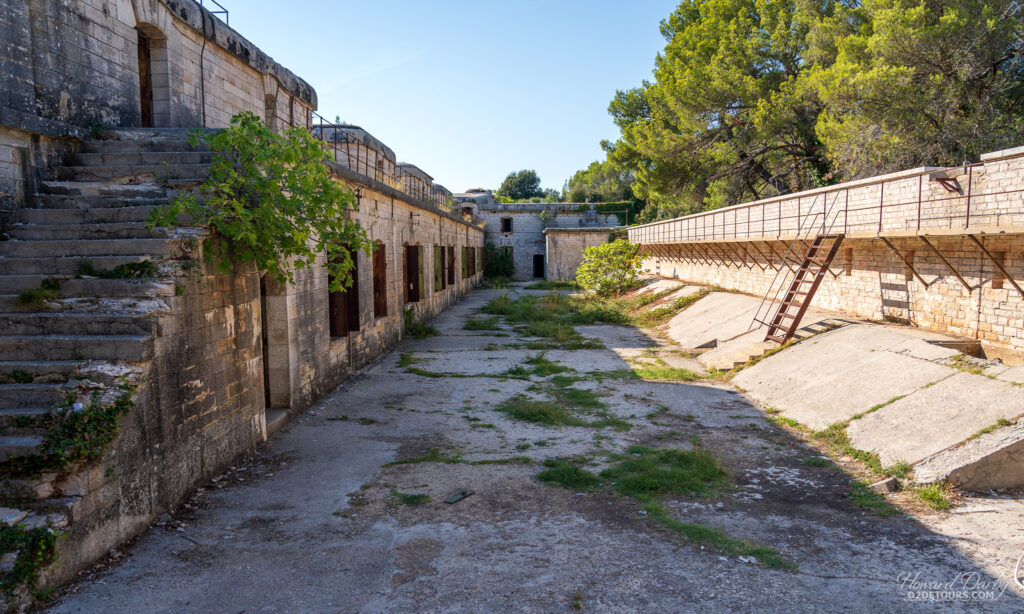

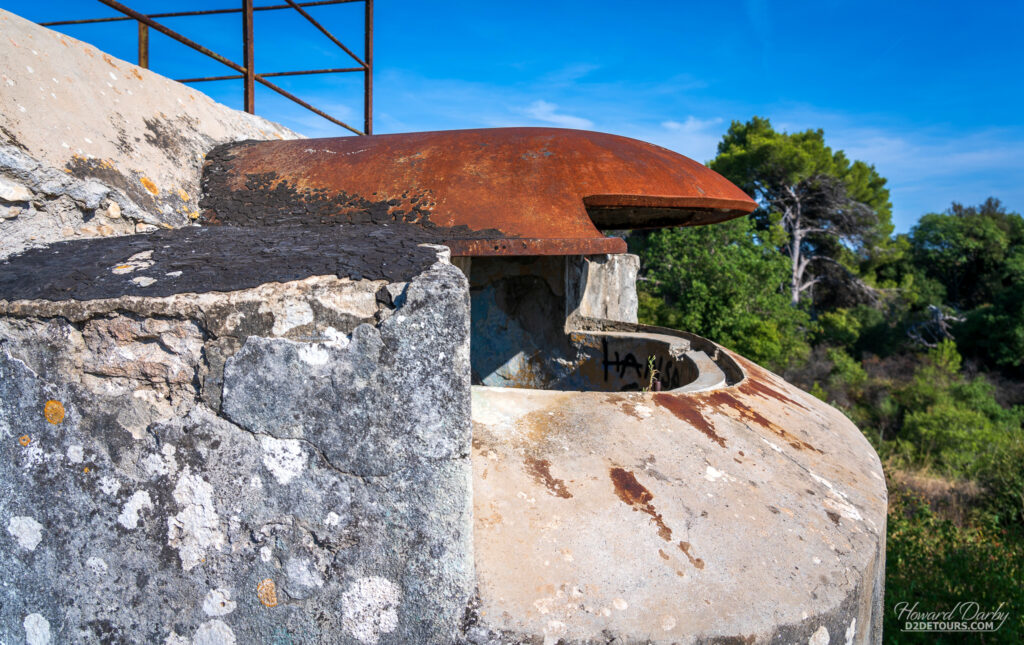
Sarajevo Olympic Bobsled Track in Sarajevo, Bosnia and Herzegovina (blog post)
Built for the 1984 Winter Olympic, this track became abandoned after the Bosnian War in the early 1990s, with only minor damage during the war. It’s now a fascinating hike down the track on Mt. Trebević.
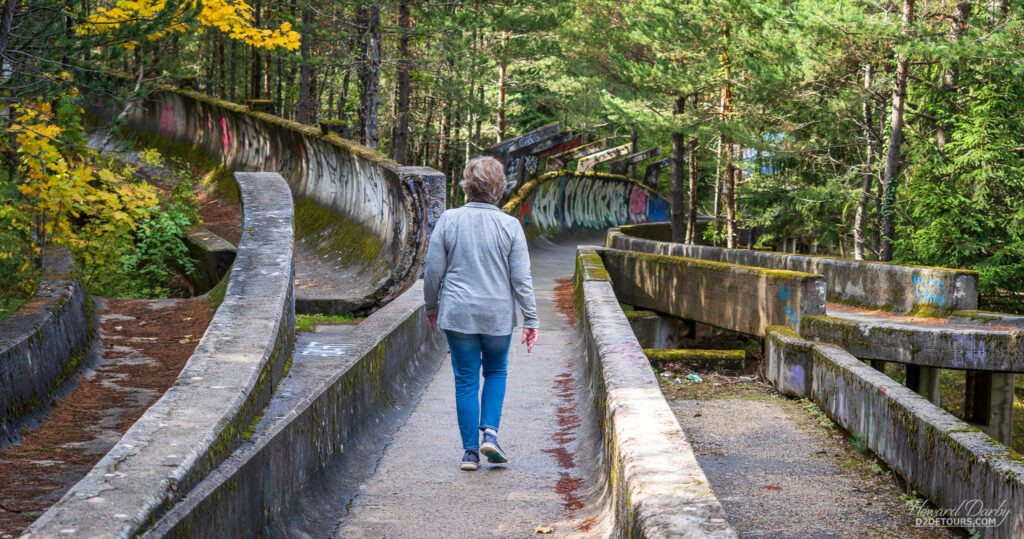


Bistrik Tower in Sarajevo, Bosnia and Herzegovina (blog post)
This was originally a military observation tower when it was built in the early 20th century, then became an astronomical observatory around 1970, but it was another victim of the Bosnian War in the early 1990s.

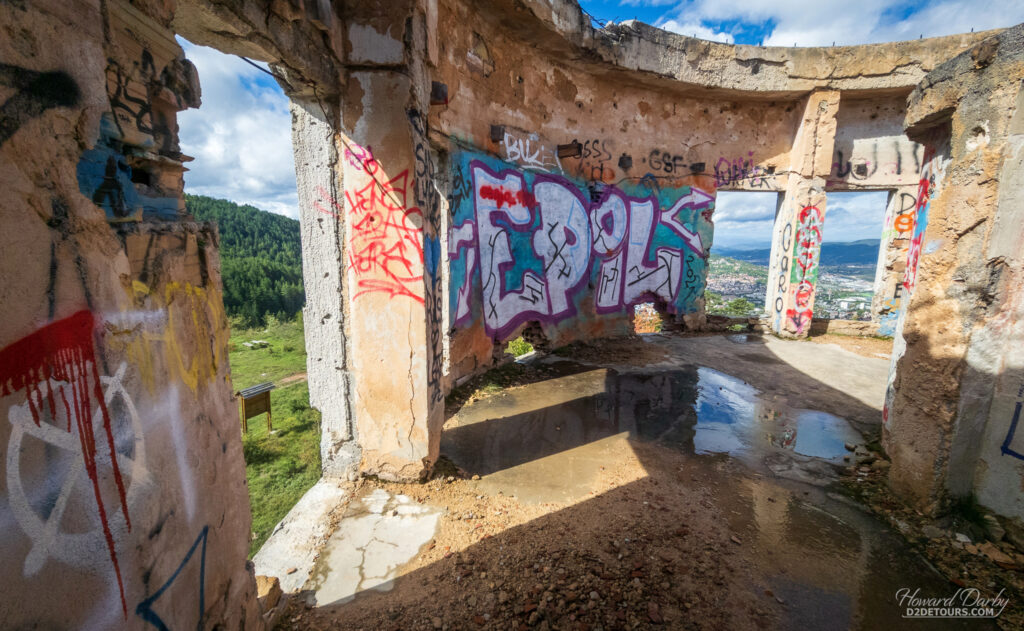
Fort Gorazda – Kotor, Montenegro (blog post)
This fort in the hills above Kotor was an Austrian stronghold built in the 1880s, and was in use up to the 1990s.
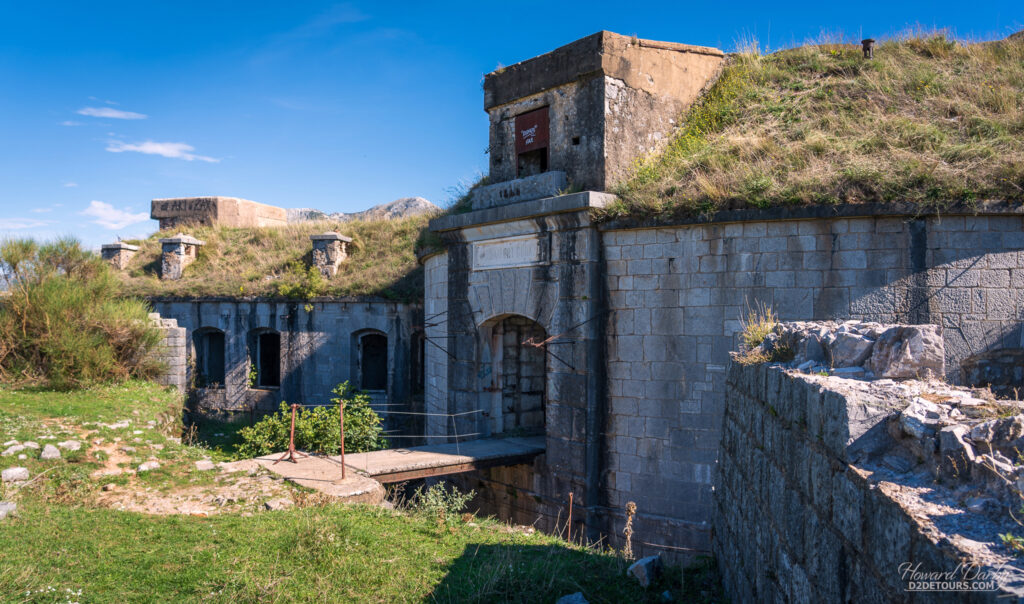


Salt Pans – Gozo island, Malta (blog post)
These are a bit different from the other abandoned places, as some of the salt pans are still in use by a local family to dry seawater to harvest salt in the summer from May to September. Most go back at least 300 years, and some even to Roman times. For me, they were a fantastic opportunity for some unique photos.
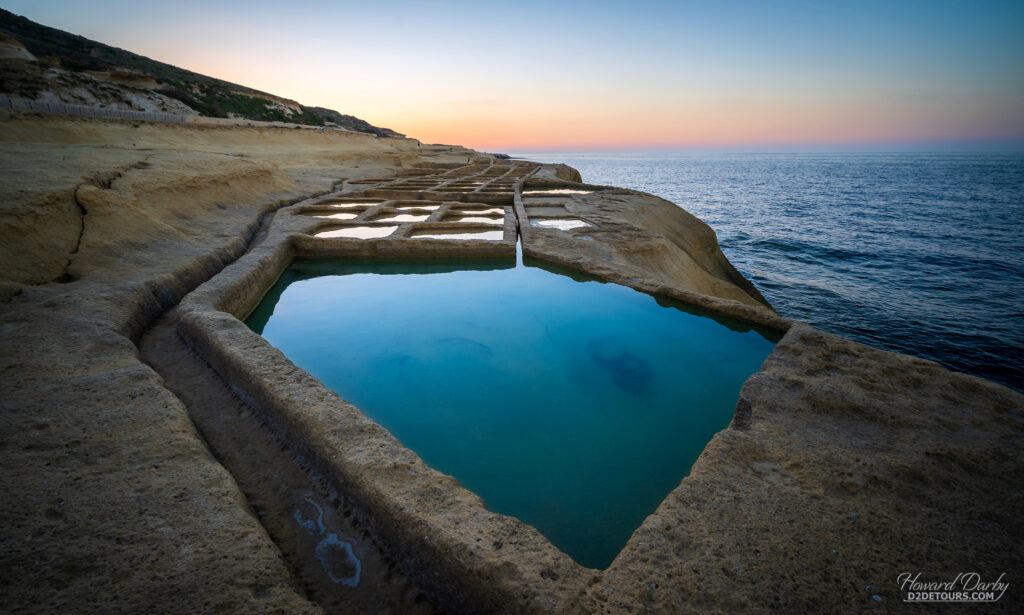
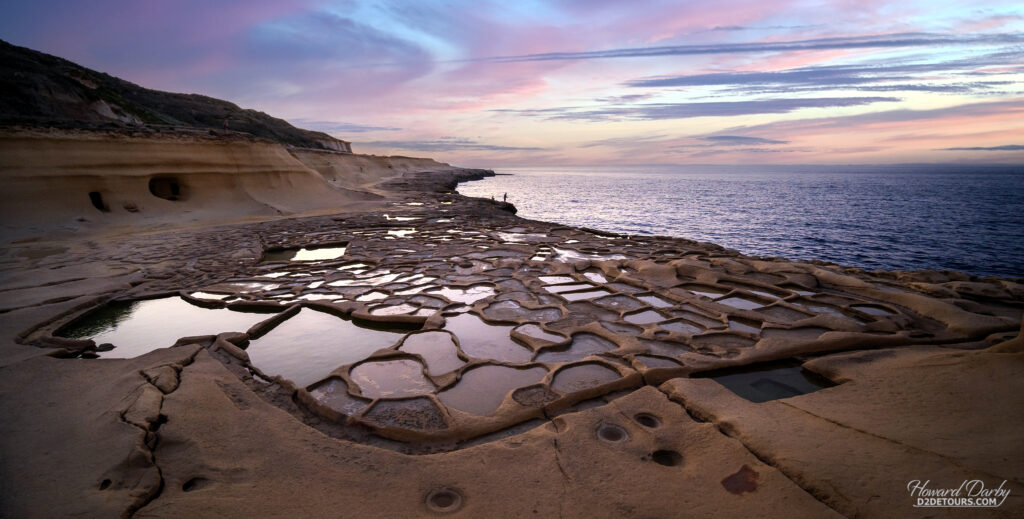
Ardeleiro Mills – North coast of Spain (blog post)
The Muiños da Ribeira (Ardeleiro Mills) are five abandoned stone mills built along the banks of a stream meandering down the hill to meet the sea.


Shiraki Military Airfield – eastern Georgia (blog post)
This was a Soviet airbase built in the early 1950s and used until 1992 when the Soviet Union collapsed, but it was never utilized by the Georgian military. It has 53 hangars, the scavanged remains of a fighter jet that couldn’t fly at the time the base was evacuated, and a few other remnants from the old Soviet regime.

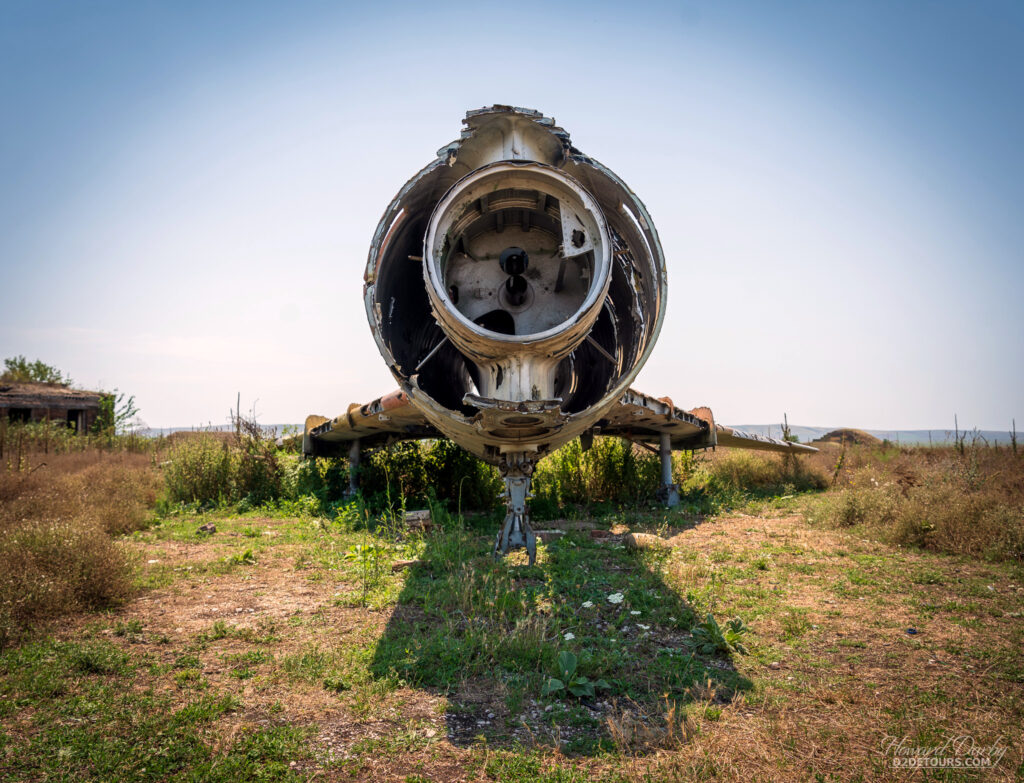

Sanitoriums in Tskaltubo, Georgia (blog post)
The numerous sanitoriums in Georgia are probably our favorite of all the abandoned places we’ve visited. These very ornate health spas became popular with Russians in the 1920s, but most lost all their customers after the collapse of the Soviet Union in the early 1990s. The link above takes you to the location of the Sanitorium Medea, but there are a number of others you can visit. Just make sure to check the Google reviews to confirm you’re still able to explore them, as development companies are acquiring some for renovation, which are then fenced off and inaccessible.



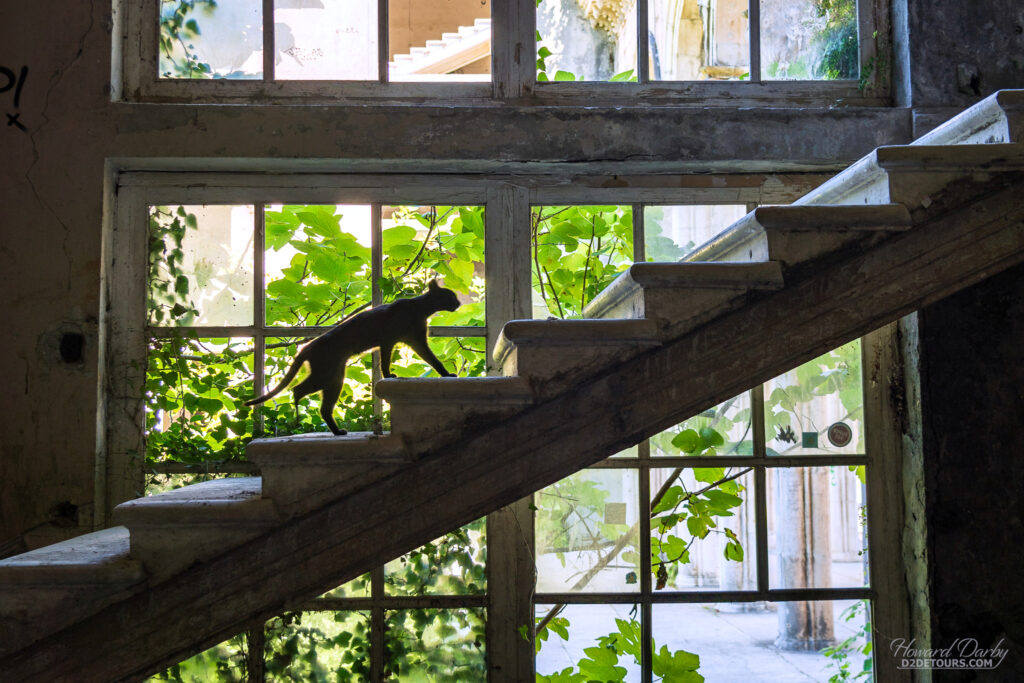
Beach of the Wrecks – Northern Tunisia (blog post)
This is another one that’s a bit different. It’s a beach with three major shipwrecks.
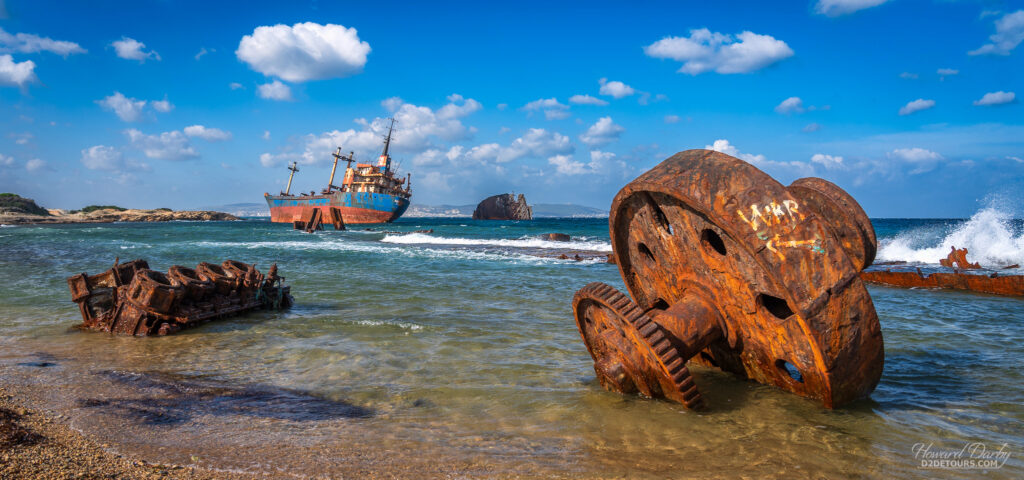

Masurian Canal Lock – North Eastern Poland (blog post)
Near the small Polish village of Mamerki are two abandoned locks built on the Masurian Canal (the canal was a joint Polish/Russian project, interrupted by WWII, intended to connect the Mazurian Lakes to the Baltic Sea). There is no definitive proof, yet it has long been suspected that the Nazis intended to transport Uboats through these locks, which are only 21 km / 13 miles from Hitler’s Wolf’s Lair.


Please leave a comment below if you have any questions or other great abandoned places you’ve visited that we should check out.



